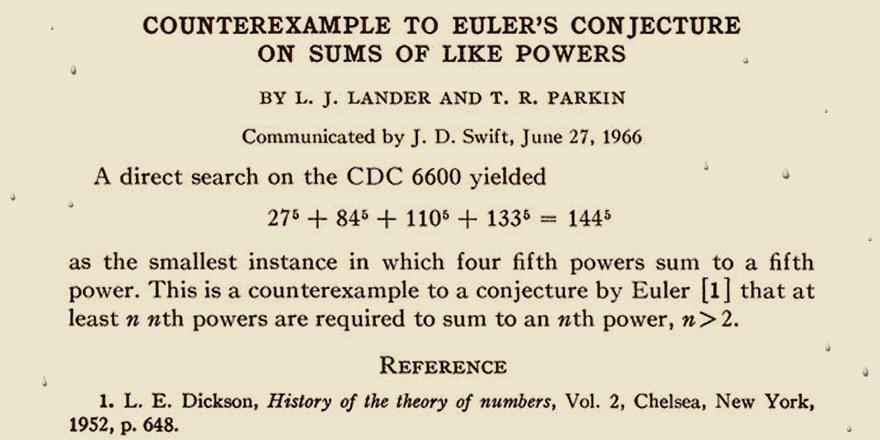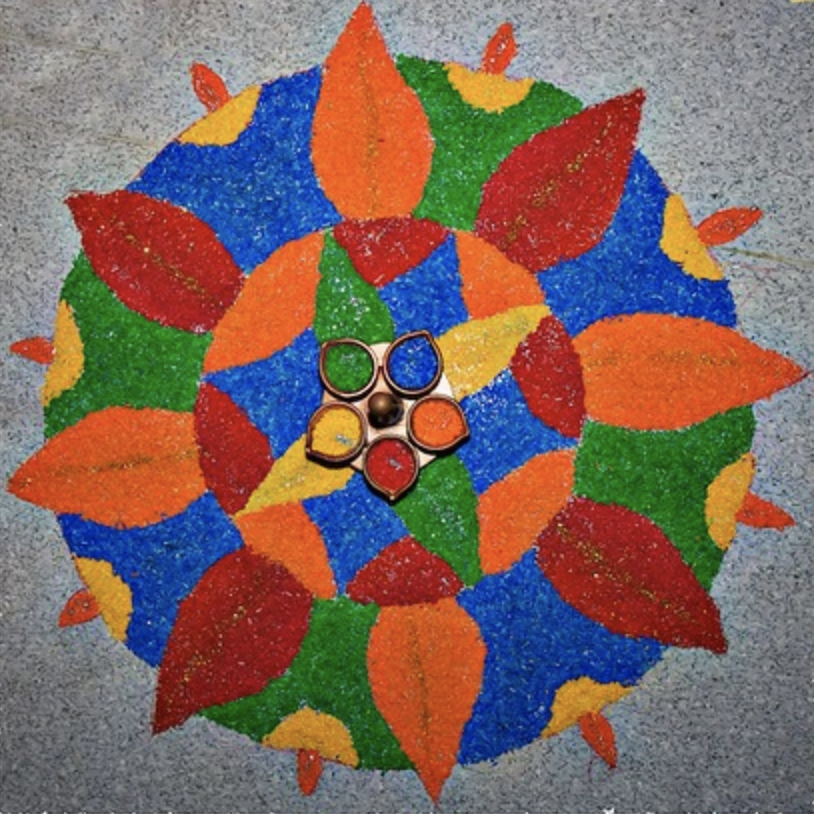An observer once called the Mandelbrot Set “The Thumbprint of God,” the simple equation that led to the discovery of fractal geography, chaos theory, and why games like No Man’s Sky even exist. In 1994, Arthur C. Clarke, writer of both science fiction and science fact, narrated a one-hour documentary on the new mathematics, called Fractals: The Colors of Infinity. If that sounds familiar, dear reader, it’s because we’ve told you about it long ago. But it’s worth revisiting, and it’s worth mentioning that the soundtrack was created by Pink Floyd’s David Gilmour.
To be honest, at first I wasn’t really hearing that Floyd vibe, just some pleasant synth-strings you could find on any number of documentaries. But then Clarke explains the implication of the Mandelbrot equation, ending it with “This really is infinity.” And then Boom, the acid hit.
Or rather, the rainbow computer graphics of the endless zoom hit, and it was unmistakably Gilmour—cue up 5:19 and be careful with that fractal, Eugene. This happens again at 14:30, 25:12, 31:07, 35:46, 38:22, 43:22, 44:51, and 50:06 for those with an itchy scrubbing finger. But stick around for the whole doc, as the history of how we got to the equation, its precedents in nature and art, and the implications only hinted at in the program, all make for interesting viewing.
The music will remind you in places of “Shine On Your Crazy Diamond”, “Obscured by Clouds,” and “On the Run.” When a DVD was released years later, a special feature isolated just Gilmour’s music and the fractal animation.
Gilmour has contributed soundtrack work to other programs. He has an uncredited performance on Guy Pratt’s soundtrack from 1995’s Hackers; incidental music for 1992’s Ruby Takes a Trip with Ruby Wax; and a 1993 documentary on the arts and drug use called The Art of Tripping.
There are no official releases of this soundtrack work, but one user has put up 16 minutes of the Colours of Infinity music over at SoundCloud.
Related Content:
Watch David Gilmour Play the Songs of Syd Barrett, with the Help of David Bowie & Richard Wright
Arthur C. Clarke Predicts the Future in 1964 … And Kind of Nails It
Ted Mills is a freelance writer on the arts who currently hosts the Notes from the Shed podcast and is the producer of KCRW’s Curious Coast. You can also follow him on Twitter at @tedmills, and/or watch his films here.






